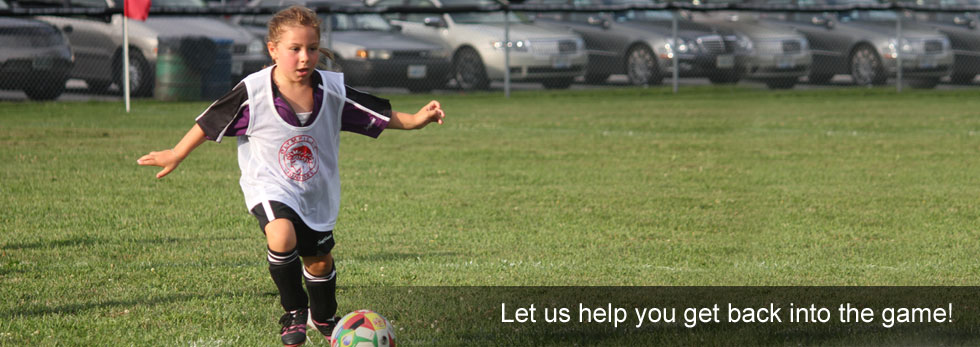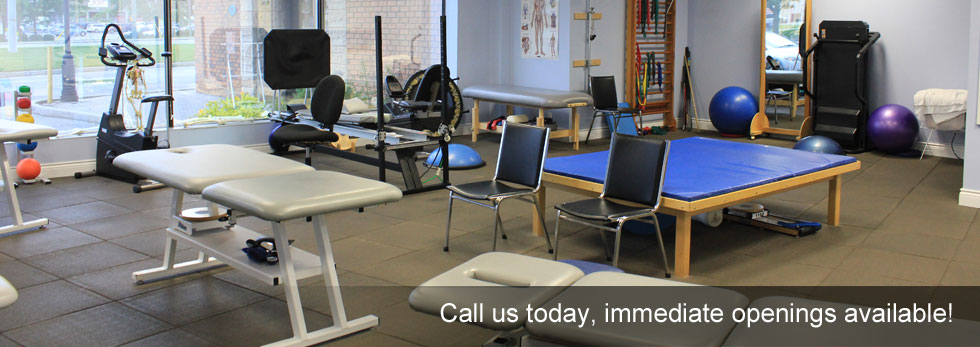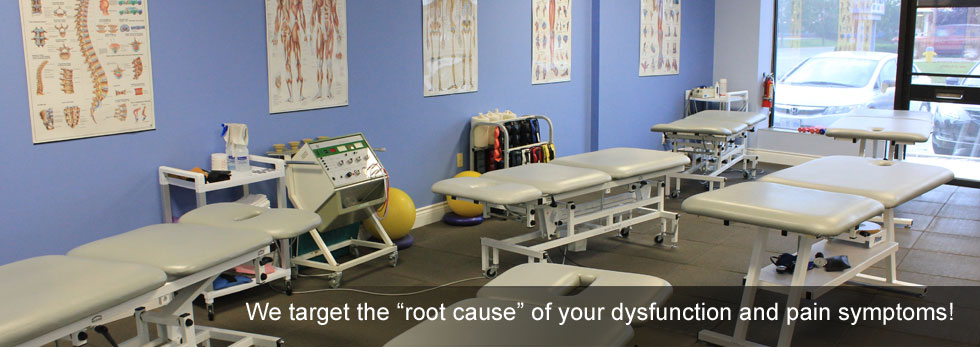I am a retired physiotherapist who now has a son who is a doctor of physiotherapy. Everything has changed so much since I was in practice 50 years ago. I understand that back pain is being viewed completely differently now. Can you catch me up to speed on this? I'd like to be able to converse with my son on the topic without seeming too ancient.
The last 15 years of research has brought a change in the way patients with chronic low back pain (CLBP) are categorized and treated. In a landmark study back in 1994, a well-known physiotherapist (Anthony Delitto, University of Pittsburgh, School of Physiotherapy) identified subgroups of low back pain patients. When treated based on their unique characteristics, more of these patients returned to work and reported less disability compared with patients in a standard treatment program.
That report set into motion a series of studies classifying low back pain patients based on a variety of factors. Some of these included fear of movement, intensity of pain, and self-efficacy (belief in oneself). Other areas investigated also included pain present during specific exercises and catastrophizing (believing the worst will happen).
In a more recent study, patients were subgrouped based on their lifting patterns during a repetitive lifting task. This type of classification system is based on physical functioning of patients with CLBP.
The researchers (once again from the University of Pittsburgh but this time from the engineering department) were able to show that the rehab program for patients with chronic low back pain might need to be tweaked based on this new information. Finding ways to improve patient self-efficacy (self-confidence) and change patients' pain perception are the next steps.
Much work continues in the area of chronic low back pain. Finding ways to classify chronic low back pain patients according to function is only one of the new directions health care providers are moving. Future studies will also have to look at changes made after CLBP patients complete a treatment program. This will help identify what works best for each subgroup identified.
Jill C. Slaboda, PhD, et al. Classifying Subgroups of Chronic Low Back Pain Patients Based on Lifting Patterns. In Archives of Physical Medicine and Rehabilitation. August 2008. Vol. 89. No. 8. Pp. 1542-1549.

















